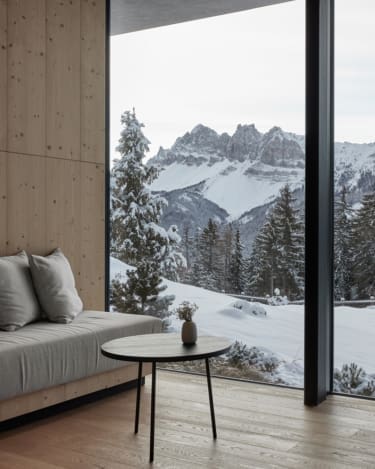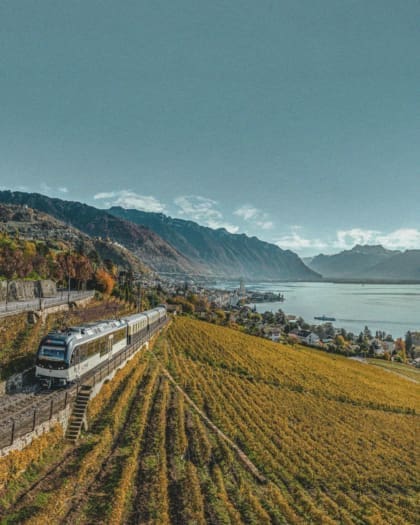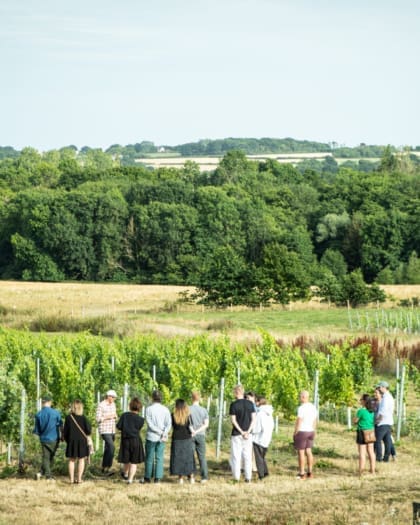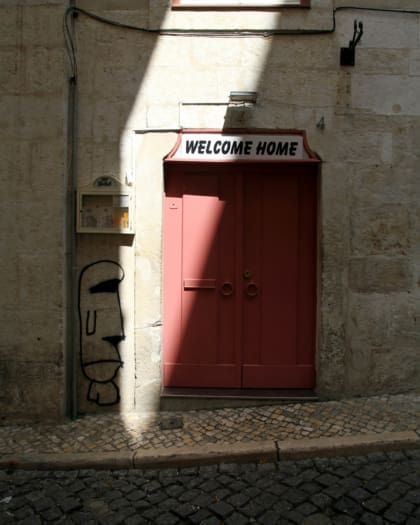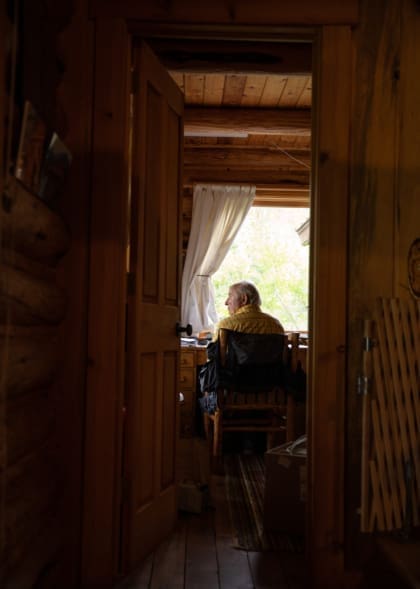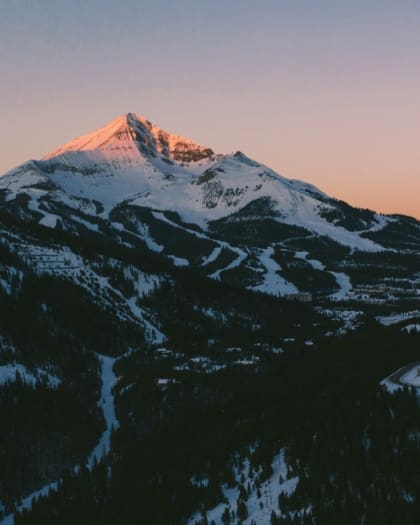
Is climate change forcing ski resorts into a year-round reinvention?
As the impact of a changing climate is felt the world over, what does this mean for mountain towns, who rely on snow for their livelihoods? We investigate the reality of shifting seasons and discover the sustainable approaches taken by high-altitude communities.
A world of white. Snow swirls around me, flakes descend to join the pillowy drifts at my feet. I shuffle closer to the precipice, skis obscured by cascading snow. Fir saplings, obstacles only an hour before, lay buried under the sheer weight of water. As I head off piste, only the shadowy outline of pines show which way is up. For any snow-sports enthusiast, this is the stuff of dreams.
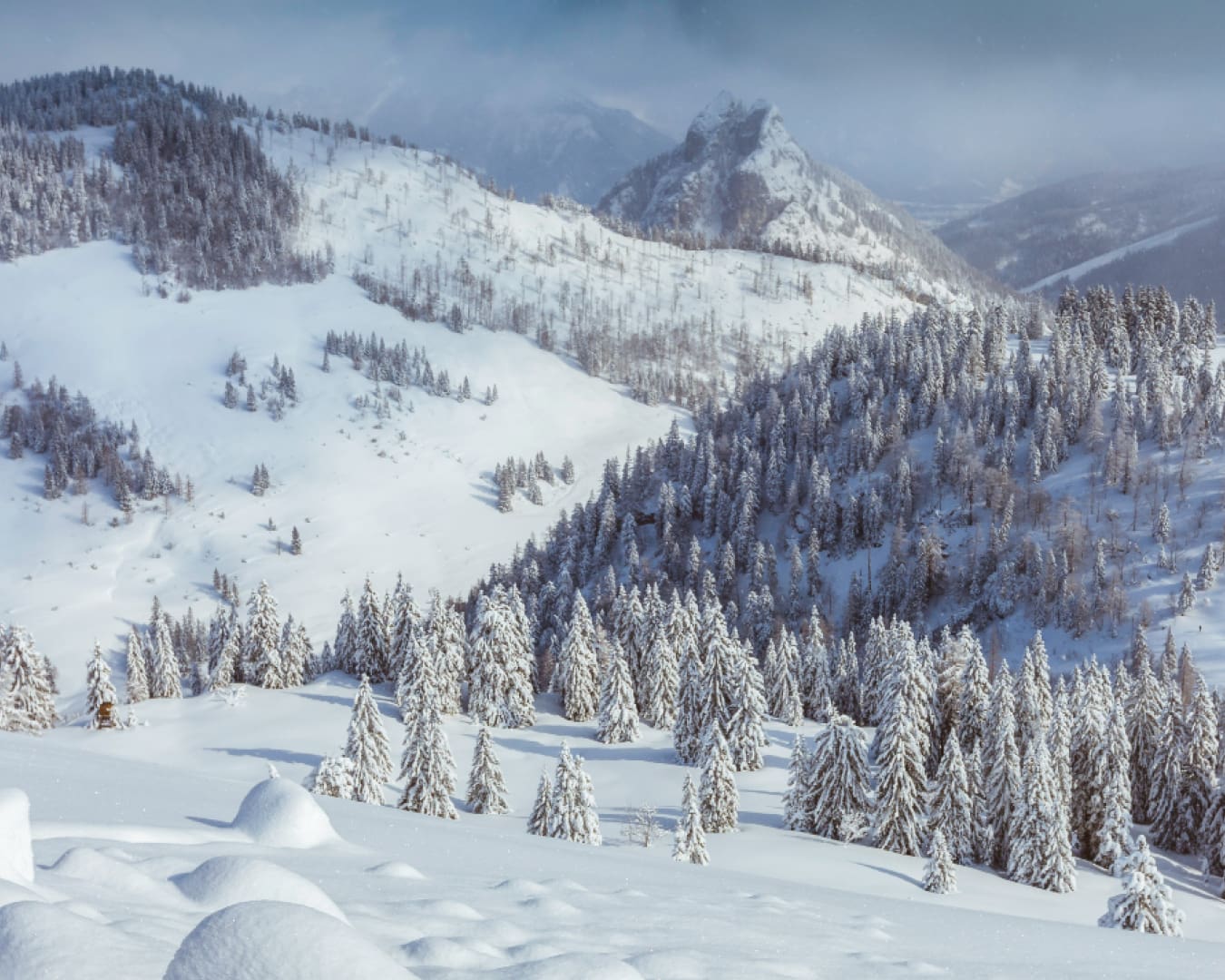
However, it is no longer guaranteed. Recent ski seasons around the world have seen bare slopes and hard earth, the extremes of a warming world experienced first-hand by skiers and snowboarders. While the climate catastrophe is taking centre stage in these resorts, proving the impact it has on high-altitude ecosystems has been hard. “Snowfall has a very high year-to-year variability”, notes Christoph Marty, a climate scientist at the WSL Institute for Snow and Avalanche Research SLF. It means that decades-long studies are essential to showcase trends and, though few, these are now emerging, verifying what seems self evident. There’s “a shift towards more rain and less snowfall” in the Alps, especially over the past 40 years, but an “increase in winter precipitation”. Essentially, warmer air holds more water and less of the white stuff.
In the US, ignoring the contrasting weather phases of El Niño and La Niña, these higher temperatures have seen snow cover decreasing since the 1950s. Not only has “spring snowpack decreased by about 11 per cent”, found a study published in the Journal of Geophysical Research, but winter’s peak snowfall is arriving “ten to 40 days earlier”.
The reality for ski resorts
This backdrop is taking its toll on the winter sports industry, with lower-elevation ski resorts seeing later and shorter winter booking windows, and increasing risk to participants. “During ski season, we’ve experienced precipitation in the form of rain, causing snowmelt and dangerous conditions from freeze/thaw cycles,” notes Amy Fonte, sustainability specialist at Montana’s Big Sky resort. “We’re noticing shifting seasons, particularly decreased early-season snowpack. While we recovered later in the season, visitation was impacted from November through January”. Visitor numbers to low-lying resorts are reduced and, with recent seasons being the worst in many resorts’ recorded history, it’s no wonder.
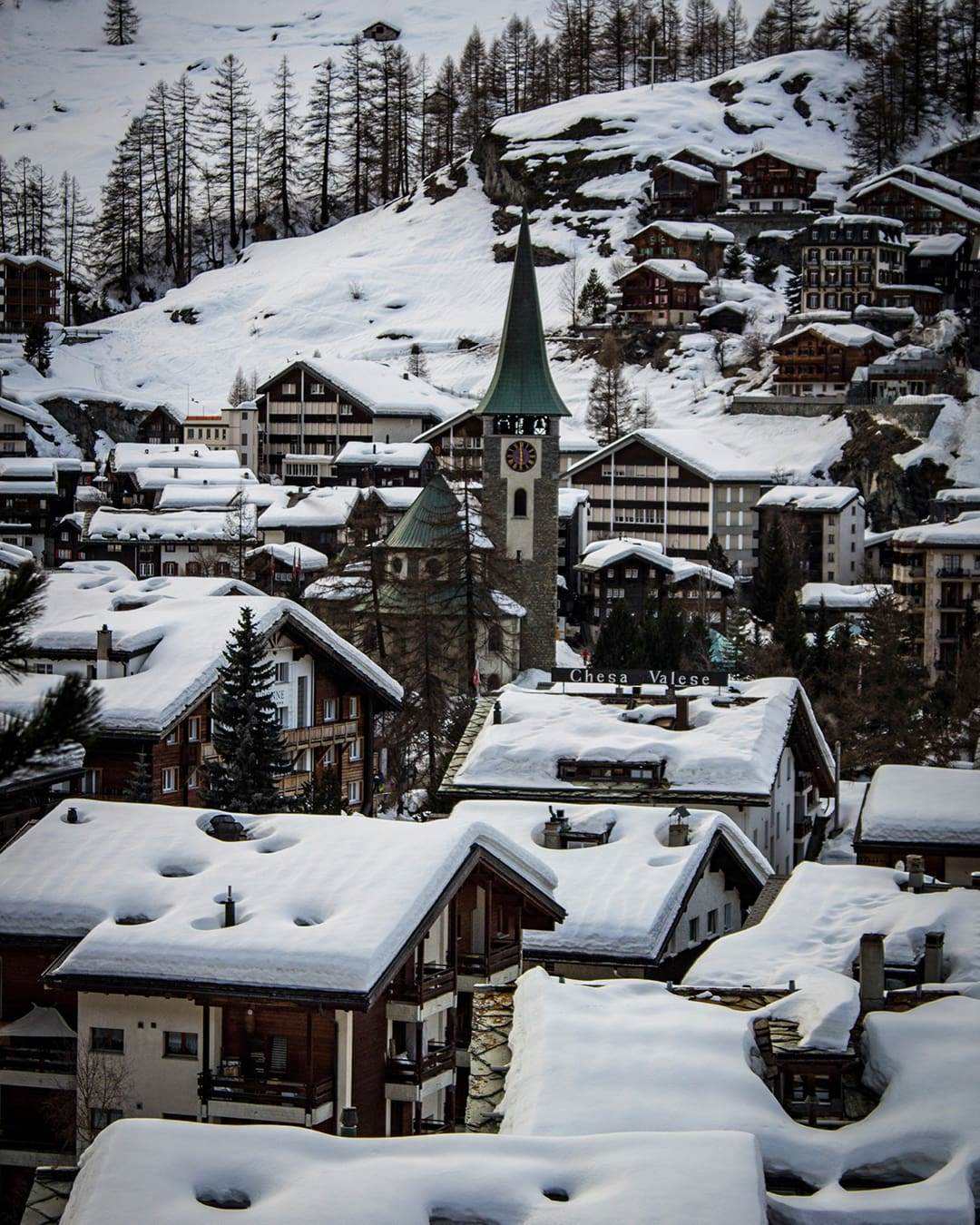
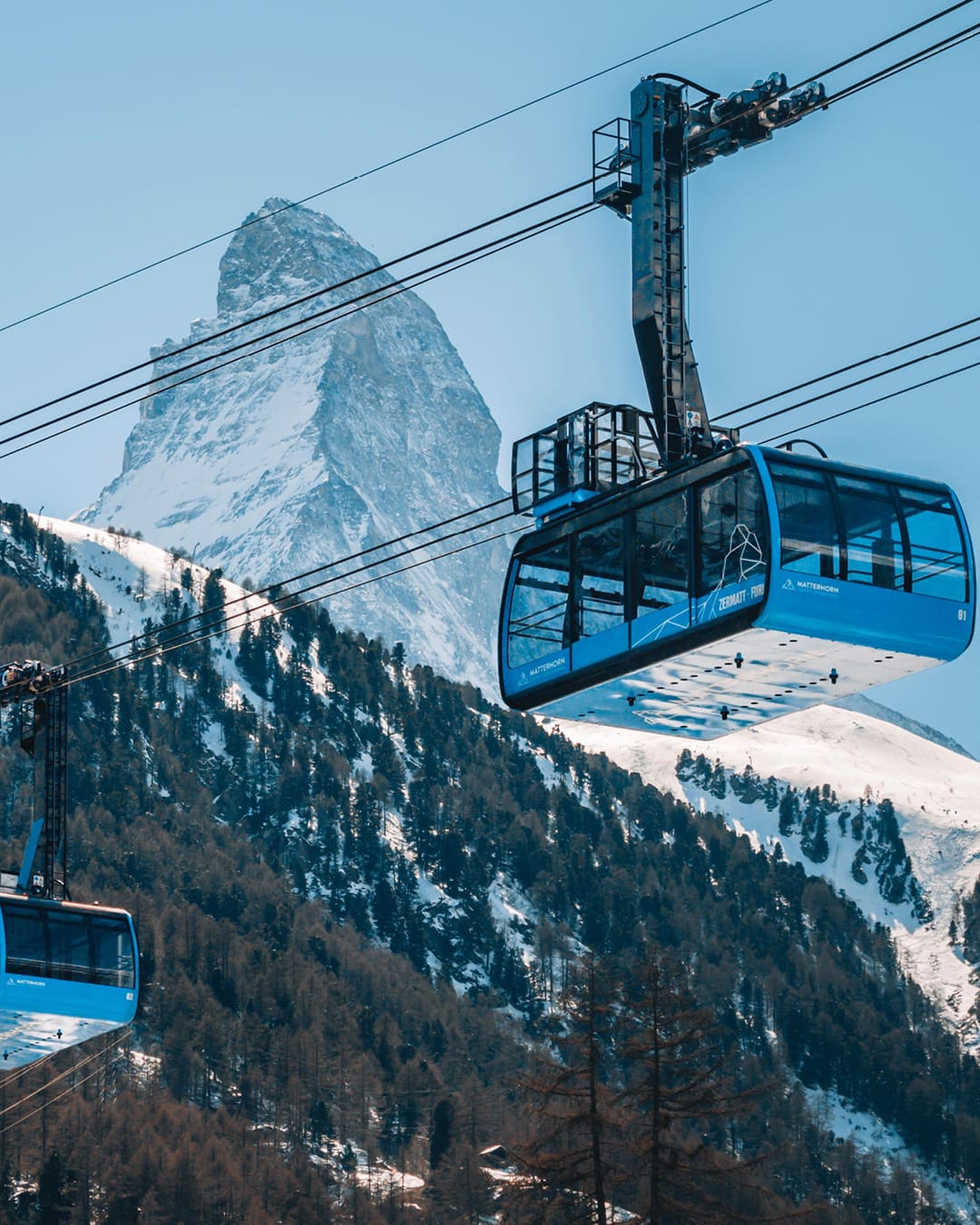
In Europe, high-altitude glacial resorts such as Zermatt, Val d’Isère and Tignes are proving increasingly popular as affluent travellers seek guaranteed snow. These upscale destinations are seeing prices soar, as demand for accommodation increases faster than permitted development. Meanwhile, new infrastructure is needed to manage this increased footfall and ease crowded slopes, with lifts such as Zermatt’s new Matterhorn Alpine Crossing improving visitor distribution, offering access to new areas and increasing total capacity and speed of transit.
Meanwhile, once-thriving low altitude resorts such as La Sambuy in France are forced to retire, dismantling lifts as suitable conditions shrink to mere weeks and the economics become untenable. This trend looks set to continue, with displaced visitors funnelled increasingly to the high-altitude resorts. A study by the Institute for Snow and Avalanche Research paints a stark picture, showing resorts beneath 1,800m will lose their natural snow cover by the end of the century, with only slopes above 2,400m guaranteed natural snow by 2085.
Resorts beneath 1,800m will lose their natural snow cover by the end of the century, with only slopes above 2,400m ‘guaranteed’ natural snow by 2085
Unpredictable snowfall
As a regular visitor to Mammoth Mountain, which has the highest ski summit in California, I’ve seen the unpredictability of North America’s west coast. Averaging 400 inches of snowfall each year, it received a record-breaking 900 inches in the 22/23 season, which saw skiing continue into August. That year, an incredible 116 inches of snow fell in December alone. The following December, a scant 12. The impact? Intensive snowmaking, thin cover and closed pistes.
In 2024, popular American ski spot Tahoe saw its first snowfall in August – a sight not seen in over 20 years. If nothing else, climate change has brought unpredictability to an industry which relies on consistency. So, what can be done?
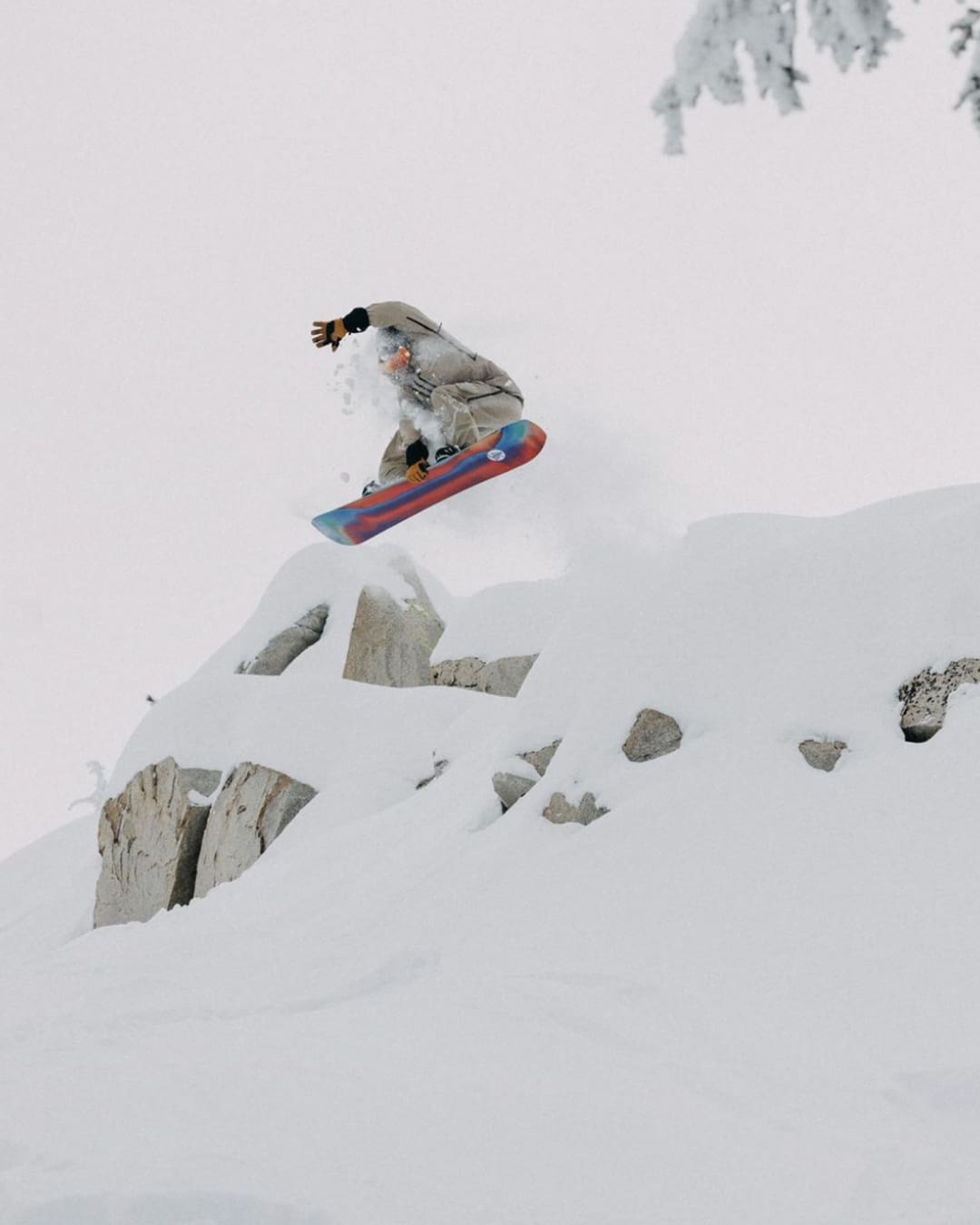
Future-proofing mountain habitats
Across the globe, resorts are rallying in the face of changing climate conditions by expanding their offering in the summer and autumn seasons. Well-marked trails can offer clear paths to crisscross the mountains on foot or mountain bike, while in Mammoth and Tahoe, the local lakes have been harnessed to become hives of activity for paddleboarding and kayaking. Over in Kitzbühel, Austria, cable cars shuttle paragliders up to peaceful heights, while well-maintained mountain huts cater to cyclists and through hikers. Elsewhere, shuttle buses run year-round to drop outdoors enthusiasts at base lifts, increasing ease of access for climbers.
While cultural changes take time, dedicated sustainability experts and local businesses alike are doing what they can, with communities and livelihoods at stake. Operating companies and resort owners have introduced clean energy, decreased high-carbon practices such as piste bashing and worked to maintain the delicate ecosystems on which the towns depend.
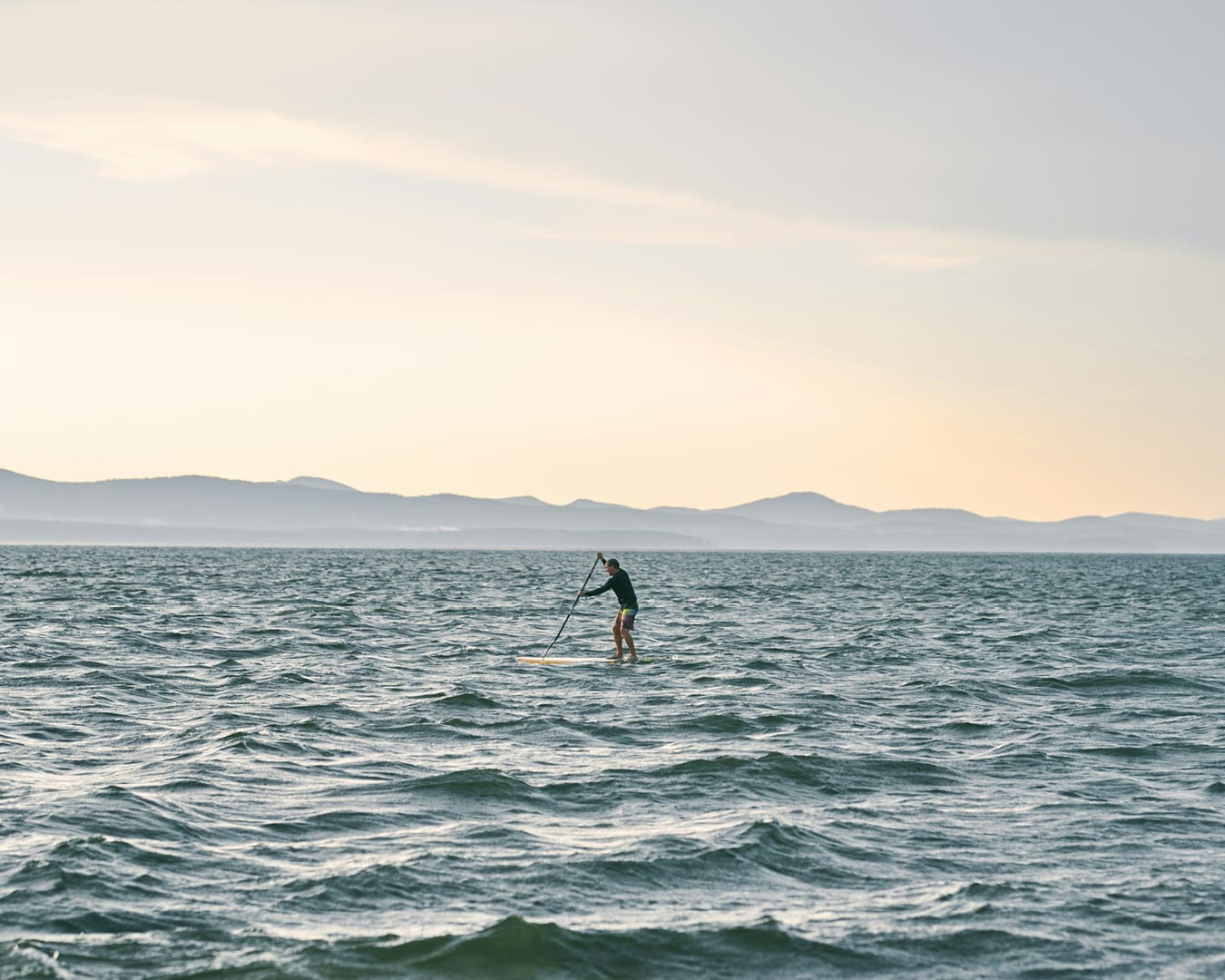
Community and action
Protect Our Winters (POW) is a climate-conscious nonprofit working to depoliticise climate discussions and advocate for the outdoors. It brings non-traditional voices to the table, from Navy SEALs championing land use, to fly fishing guides impacted by rising water temperatures. “The time to make crucial and immediate climate action is here,” advocates founder and professional snowboarder Jeremy Jones. This year, POW has partnered with resort pass behemoth Ikon to “inspire others to become engaged in an issue that has direct impacts on the mountains we all love.”
Resorts are realising action is essential and, in Big Sky, the resort has very publicly committed to an ambitious goal of Net Zero by 2030. Having transitioned to 100 per cent clean energy, it has installed renewable energy on-site and has other ongoing infrastructure improvements “significantly influenced” by this promise. “We’re moving in the right direction, but recognise that reaching Net Zero by 2030 requires ongoing effort and education,” says Fonte.
She believes individuals in the outdoors industry “deeply care about climate change. It directly affects the mountain landscapes we love… we see the impacts firsthand”. For her, the changing conditions are unavoidable. “Last winter was our worst snowfall year in Big Sky’s 50-year history as a resort. It’s crucial to take bold action.”
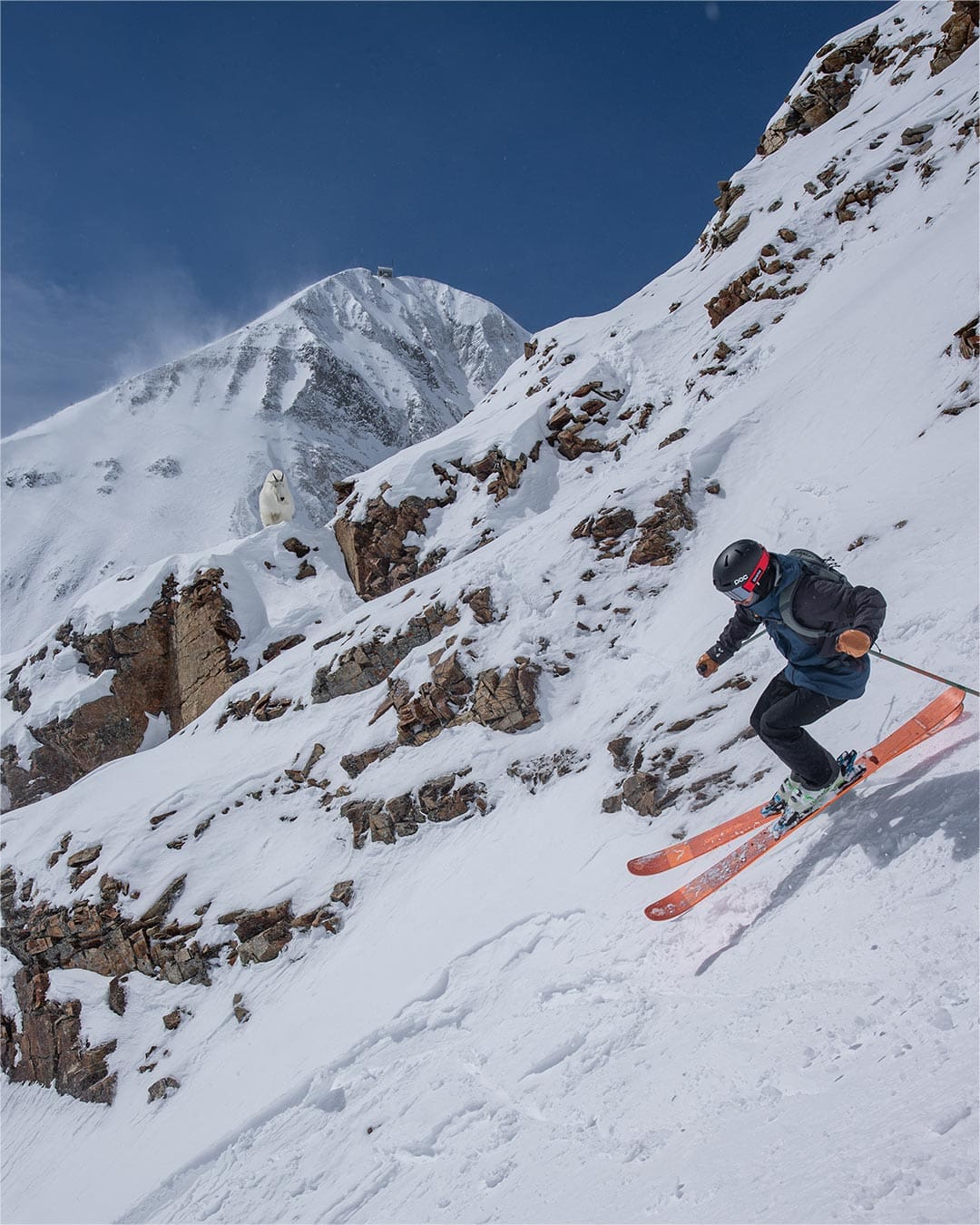

Year-round mountain towns
Over in France, to help visitors look beyond greenwashing and marketing spin, the Flocon Vert – or ‘Green Snowflake’ – signifies a resort’s sustainability credentials. Here, vibrant mountain community Chamonix is leading the way thanks to its electric buses, cycle routes and work by Compagnie du Mont-Blanc – the local mission-driven lift-operator. The resort’s approach is year-round and, speaking to resident and founder of outdoor pursuits company Sidetracked Adventures Sophie Nolan, you can see the benefits are being felt. “Chamonix has unrivalled access to the big mountains for mountaineering and climbing. It’s got an amazing community of mountain lovers and the summer offers so much diversity. You can hike, bike, climb, camp, sleep in mountain huts, take the lifts or the trains for easy access to amazing views. The quick access that the lifts provide is great to explore the glacier or to add easy height elevation to hikes.”
It’s not just Chamonix taking pioneering steps towards a sustainable ski experience. In Austria, St Anton has introduced its own biomass heating plant and, along with Lech and Zürs, runs on Ski Arlberg’s independent hydroelectric plant. Kitzbühel utilises a mix of hydropower and solar power for its cable cars and lifts, while in France, popular resorts such as La Plagne, Val Thorens and Courchevel are all powered by 100 per cent renewable energy.
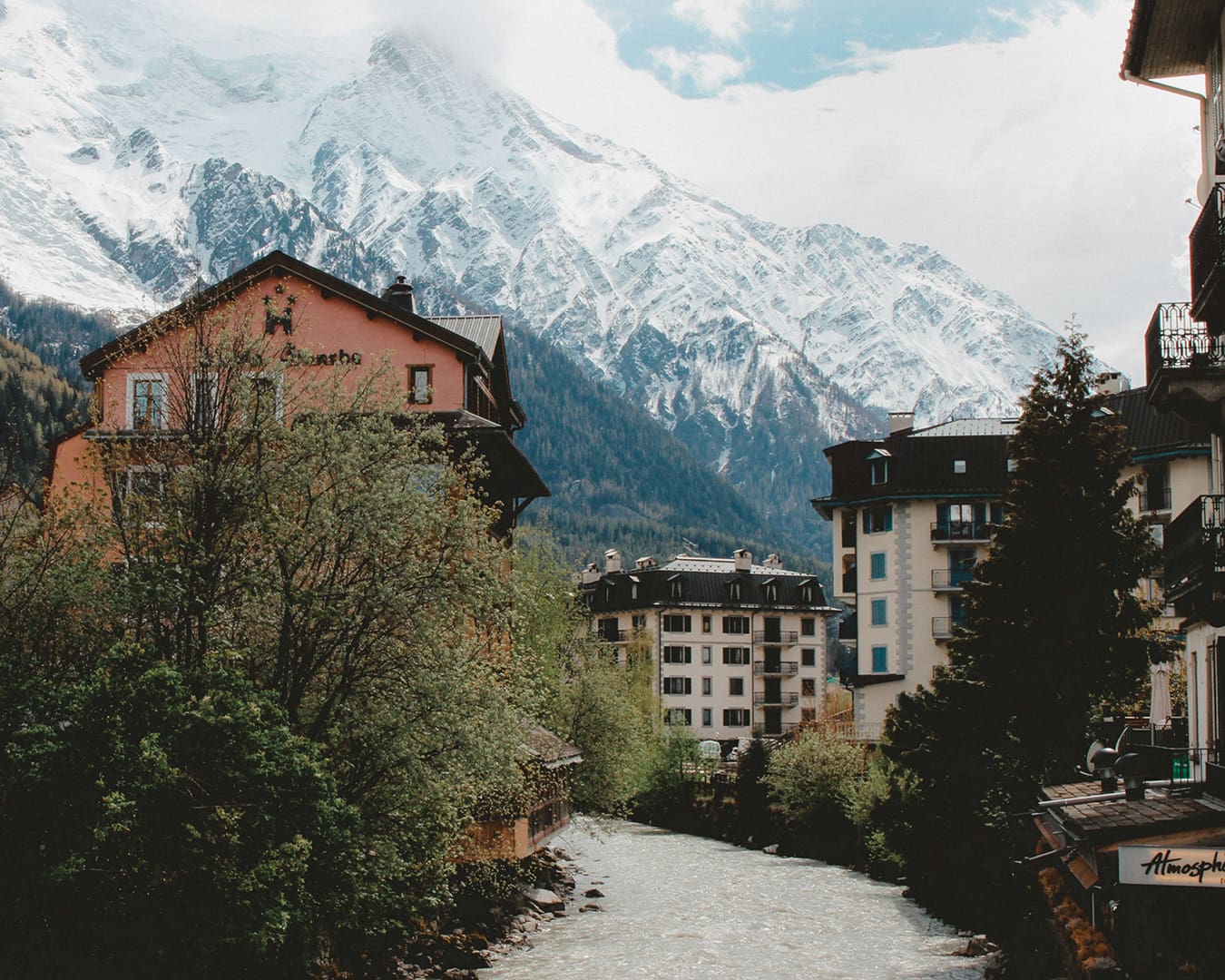
Long championed as a beacon of sustainable skiing, Avoriaz was founded in 1966 with eco-awareness already centre stage. Designed to maximise natural energy, apartments feature insulating double roofs and are built south facing to capture solar heat and limit manual heating needs, while building works within the resort are timed to protect and preserve rare nesting birds. The waterpark, a popular summer spot, boasts a heat recovery machine to prevent wastage, with recycled water used across the resort on green spaces and flower beds, and to feed the bike park’s mountain-bike washing stations.
This year-round mentality is only set to grow, with improved infrastructure providing ease of access for cyclists and hikers as much as snowboarders and skiers. Back at Big Sky, Fonte is aware of the challenges ahead, with shorter winter seasons predicted. “The expansion of summer activities, such as mountain biking, is a crucial form of climate adaptation for our business,” she says. “Diversifying our offerings helps ensure our resilience.” Although in summer, intensified drought and wildfire seasons in the US can lead to smoky conditions, and increased rainfall in the Alps intensifies the risk of landslides. Climate change is making itself known in all seasons.
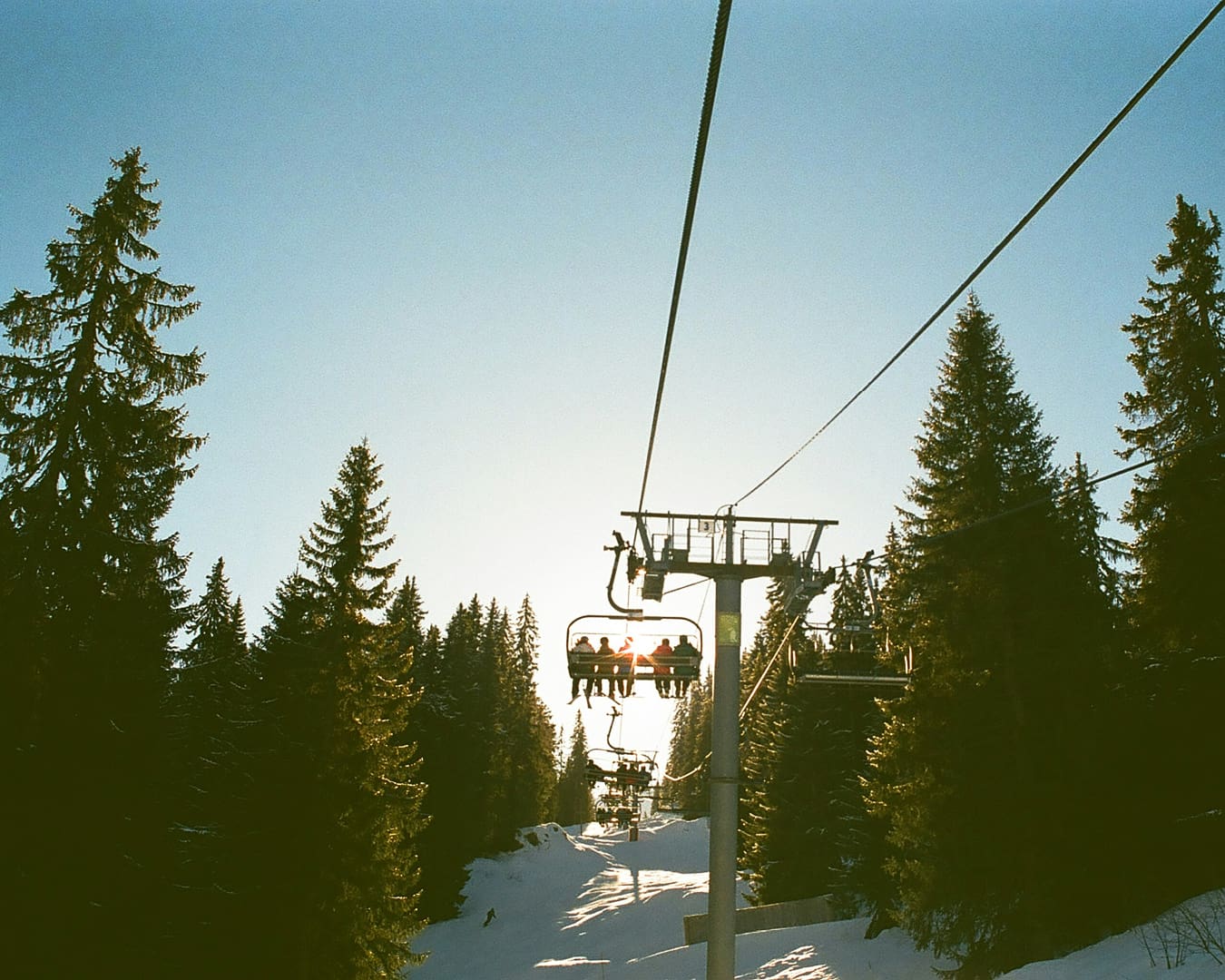
Mammoth Mountain is also taking steps to embrace this expanded seasonal approach. While it “has not always been a year-round resort”, it now offers an “events calendar loaded with festivals, live music, street fairs and running competitions,” says resort spokesperson Emily van Greuning, which attracts visitors from California and beyond. And in Chamonix, Nolan has noticed, “the ‘busy’ seasons are getting busier and longer each summer. Despite its popularity, you can always get off the beaten track and find your own slice of peace alone in the mountains.”
It sounds then, that against this backdrop of climate unpredictability, resorts are publicly and privately making significant changes, taking the uncertainty in their stride. Whether exploring renewable and clean energy supplies or diversifying their seasonal offering, the shift to a year-round approach seems to be widespread as resorts weather the extremes of a changing world.

